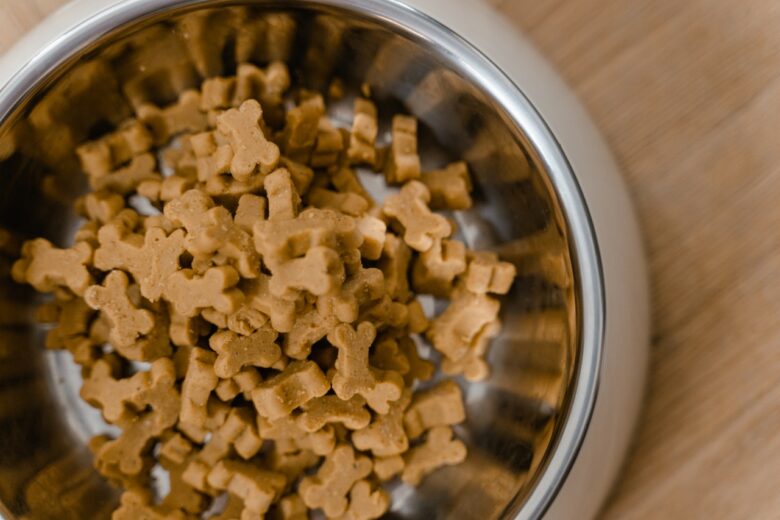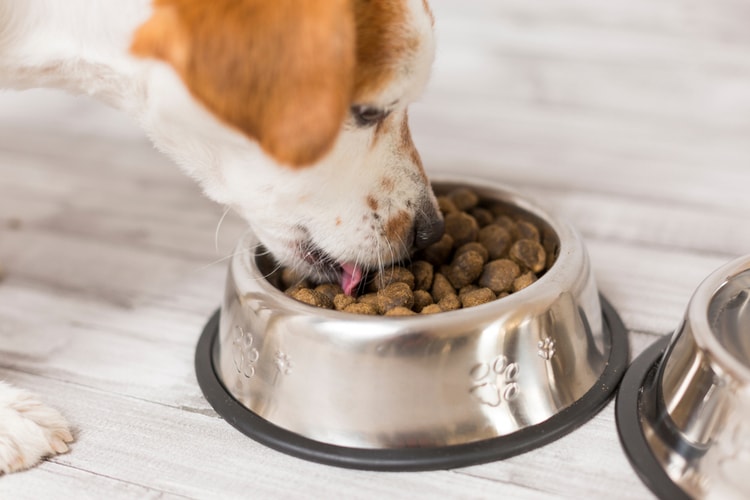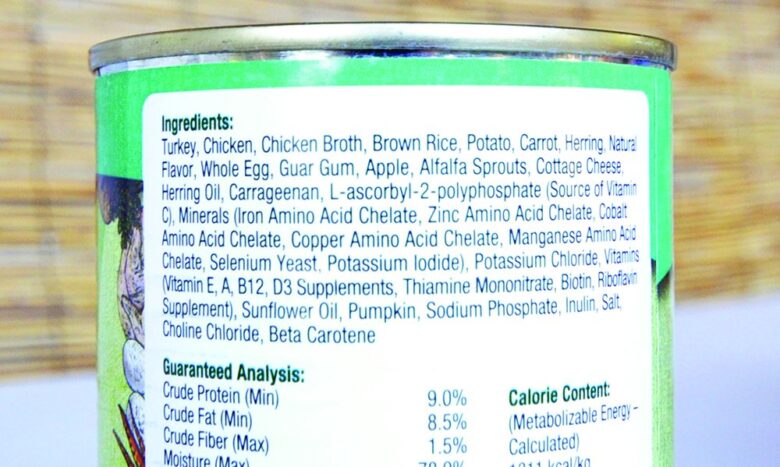As pet parents take greater interest in their dogs’ health, choosing the right dog food is becoming a major concern. Here is how you can make sure that your pup is getting the best food possible.
Ask Your Vet for Recommendations
Your vet is often the best guide when it comes to dog food, as each breed has specific nutritional needs. If your dog has been diagnosed with a particular health issue, they may need to be placed on a special diet, and your vet can also help you manage this by recommending products with specific nutritional content.
Wet Food vs. Dry Food

One of the first decisions that you will need to make is whether to give your dog wet food or dry food. Each type of food has its own pros and cons. Dry food or kibble is the most popular, as it is more affordable and readily available. Kibble is also great for reducing plaque and tartar in dogs’ teeth.
On the other hand, wet food tends to have a higher liquid content and is lower in processed carbs. As such, it can be a more nutritious option. It has a more potent flavor that can make it a favorite among fussy dogs as well.
The downside is that wet food is often more expensive, and has a shorter shelf life. Once opened, the can has to be finished in a relatively short period of time.
You don’t have to choose one over the other, however. An increasing number of owners mix the two to offer their pup a more balanced diet. When in doubt, a vet may be able to tell you if one is better for your dog; for instance, senior dogs with few teeth may find wet food easier to eat.
Pay Attention to Quality

With dog food, the quality of ingredients determines how good a brand is. It isn’t enough to know that a food has a set amount of protein, carbs, and fat; you also need to know what food sources were used. For instance, was whole meat used, or was it made with animal byproducts?
Fortunately, brands are required to report what goes into their dog food. As a result, you should read the ingredient list carefully. If you are stuck on what a particular term means, look it up or ask your vet. The more research you do, the easier it will be to identify the right dog food for your pup.
Know the Product Name Tricks

The unfortunate truth is that not all dog food brands have your pets’ best interests at heart. You need to learn how to separate the good from the bad, and the best way to do this is to learn the various tricks that companies use.
For example, this is what the following terms mean:
- Beef for Dogs, Chicken Dog Food – 95% of the food must consist of the named ingredient
- Foods with “Dinner”, “Platter”, “Entree,” “Nuggets”, or”Formula” – Only 25% of the named ingredient needs to be included in the food
- Foods with flavor – No specific amount required, food must only contain a detectable amount to pass standards
Always remember to check the wording carefully when choosing dog food. One wrong step and you could end up with a low-quality product.
Look Beyond the Ingredient List

Dog food brands are becoming increasingly aware of just how much pet parents are paying attention to dog food ingredients. As a result, they are phrasing ingredients in a manner that sounds more appealing to you. A list of seemingly great components won’t always point you in the right direction. Here are some other factors you should be paying attention to:
There should be at least one qualified nutritionist working with the brand. This individual should have a PhD in animal nutrition and should have a board certification with the American College of Veterinary Nutrition or the European College of Comparative Veterinary Nutrition. Extra points for a nutritionist with both credentials.
Quality control is just as important; does the brand regularly test their food to check for inconsistencies or contaminated batches? You should also check if the company owns the plant where the food is processed and packaged. If they do, this affords them greater control over safety and quality.
For true quality standards, the dog food should be tested by a third-party agency, preferably one like the AAFCO. This backs up the claims that the company is making in terms of ingredient quality and nutritive content.
This information isn’t always available on dog food labels but this shouldn’t deter you. Feel free to email the company with a list of your questions. A reputable company will readily be able to provide you with these answers and even have the proof to back them up.
Read the Reviews

Finally, before making a decision, always read the reviews. A positive trend for dog owners is that an increasing number of reputable sites like dogfoodcare.com are posting 4Health dog food reviews and for other brands as well.
These reviews do a deep-dive into the ingredients, processing methods, and more. Many of them will also look into the past activities of a dog food company to determine if there have been any recalls. This allows you to get a clearer idea of not just the dog food, but also the brand’s priorities.
Customer reviews can also be quite helpful in figuring out whether or not a particular type of dog food is right for your dog. An increasing number of pet parents are posting long and detailed reviews regarding their experience with various brands and lines.
This can include useful information such as potential for allergies, stomach issues, and even taste preferences. Reading various reviews can save you quite a bit of money in the long run, particularly for fussy dogs or those with specific health issues.
There is no denying that choosing the right dog food requires time, effort, and research. The silver lining is that at the end of all this work, you will have peace of mind knowing that your pup is getting the best that money can buy.

